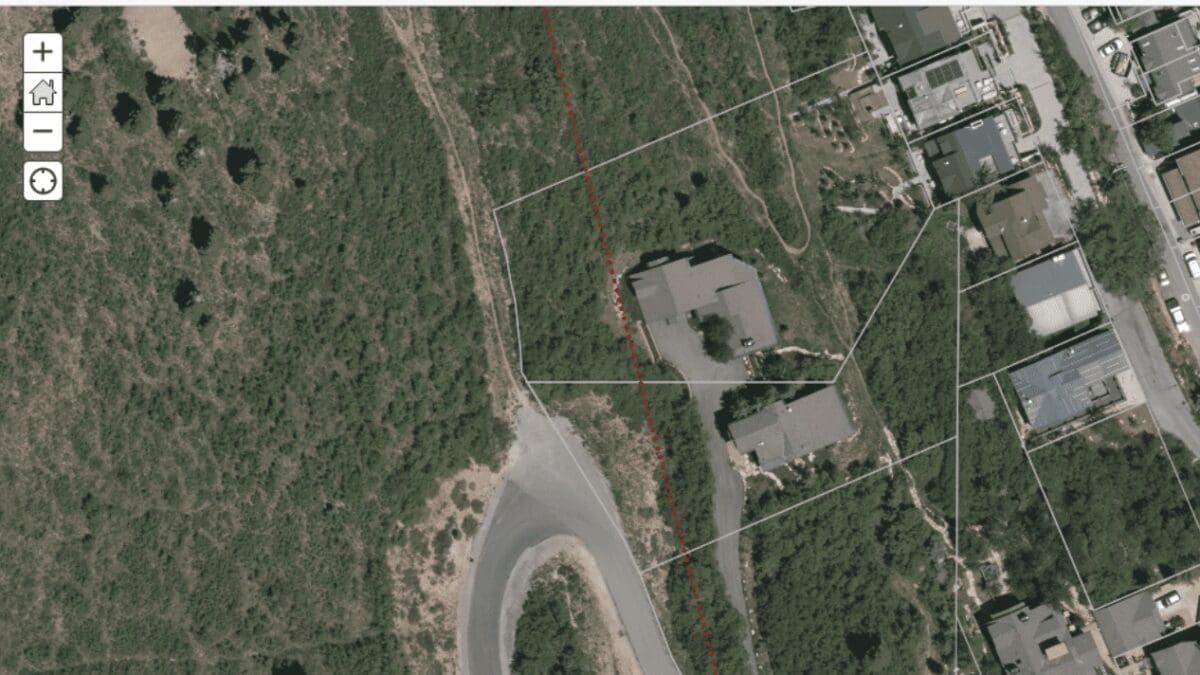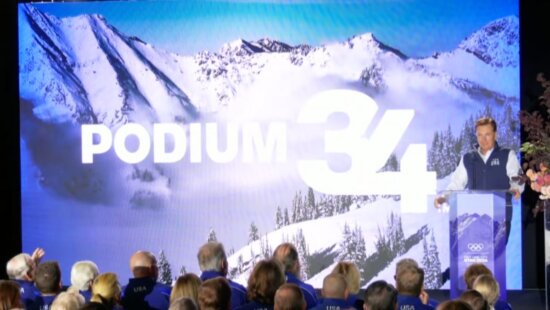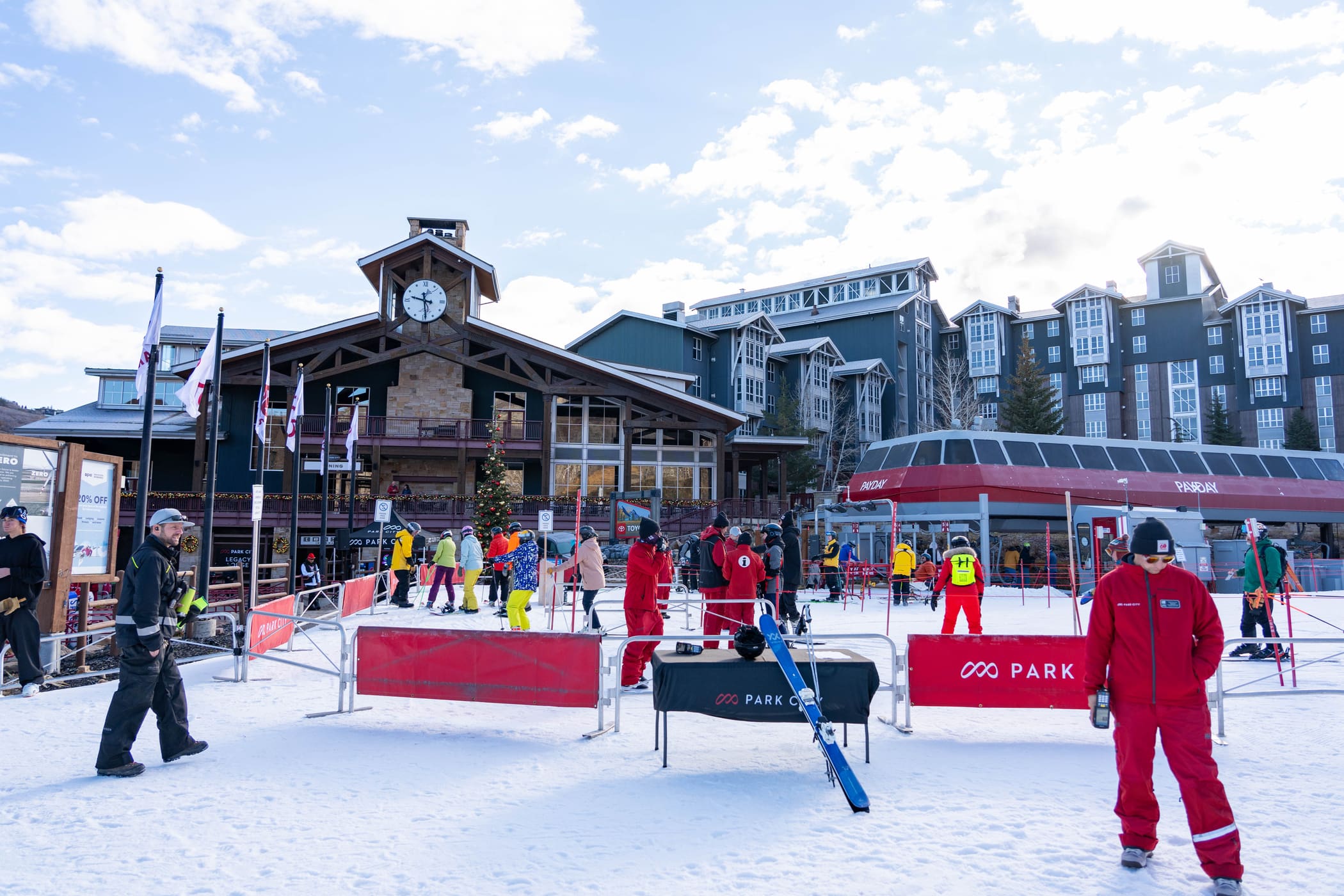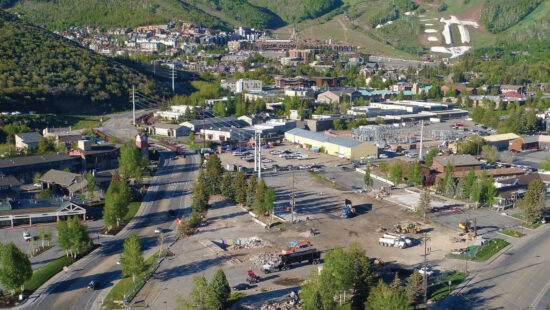News
Does the application of historic zoning rights make a steep slope safe to build on?

A Park City Zoning map showing where the SLO boundary line, in red dashes, bisects Matthew Prince's lot at 220 King Rd. Much of Princes lot, including the land that lies inside the SLO is considered "Very steep" as defined by town records. (Screenshot of PCM document). Photo: Matthew Prince lot lines
An oversight in officially adopting the city's most current SLO boundary was exposed by Prince's attorneys
PARK CITY, Utah – Approval of Matthew Prince’s controversial home on Treasure Hill cleared a hurdle after the Park City Planning Commission decided, on June 26, that the Sensitive Lands Overlay (SLO) boundary line does not bisect the Cloudfare billionaire’s property.
Many residents at the June 26 meeting expressed concern over the application of historic zoning rights over common sense when it comes to the potential risks associated with the proposed construction at 220 King Road.
Now, the project will move back before the Park City Appeal panel for final action on Monday night. The expected outcome of the meeting – an upholding of a previous Planning Commission vote to approve the project – will mean the Prince project’s next approval will need to come from the Historic District Design Review process.
The Planning Commission conclusion was reached after Prince’s lawyers led commissioners through complex legalese, which exposed an oversight on the city’s part: The SLO boundary line on the city’s current zoning map wasn’t correctly adopted and therefore is considered legally mute, Prince’s lawyers said.
Wade Budge and Bruce Baird, Prince’s lawyers, presented variations of maps showing the boundary line in different places. An animation they created illustrated how the boundary drifted over the years through various subdivisions that occurred in the steep area of Treasure Hill, but ultimately the only SLO boundary that was properly adopted is the one on the original plot map for the Sweeney Master Plan Development (MPD.)
“Both under the Land Management Code and under state law, the way you install or move an SLO boundary is through a map amendment, and the only body that can do that is the council through an ordinance in this case,” Budge said.
Budge went on to demonstrate that through various plat amendments the city has approved within the development on Treasure Hill, there has been a consistent course of action by the City with respect to how it treats the SLO and how it treats development within the Sweeney MPD.
“That’s definitely something that we need to fix in the future,” Commissioner Bill Johnson said.
In the case of the SLO boundary in question, the sensitivity it was designed to address is the steep topography, which reaches 40-50% in many places, both inside and outside of the SLO boundary. Prince’s property and other properties on Treasure Hill require deft engineering plans to ensure the stability of such a steep slope once a home is built. In the engineering records submitted to the City for consideration, it is stated that once the project is complete, the home site will be safe. The records do not guarantee that the site would be safe from a landslide during construction.
State experts at Utah Geological Survey say there are many factors that are attributable to causing landslides on steep slopes, which include cutting into the slope, adding weight to it, and the composition of the layers of earth beneath the surface.
“I spent time in that room as a as an elementary school student learning common sense and good judgment. When I reviewed the report, I saw a series of justifications based on precedent. What I didn’t see is the bottom line, I think that matters to this community. Is it safe to build the retaining walls, dual level, in a steep slope,” Nick Schaffer said during the public input section of the meeting.
Justin Keyes, who represents appellants of the project, Susan and Eric Hermann, also expressed concerns about overlooking what may be the larger issue at hand.
“It’s an area where there’s a history of natural slides, in addition to human caused landslides that have occurred over the years,” Keyes said. “That’s not quite fair to my clients as a neighboring property owner to this, who are subject to the risks of a landslide.”
Many others at the meeting, who own homes near Prince were also outspoken about their fears.
Jim Doilney, a resident of Sampson Ave. and former City Council member urged the Commission to rethink allowing the Princes to build their home. Doilney said he recommended that the town spend $64 million to extinguish development rights on the slope out of safety concerns.
“Even the best engineers and builders occasionally make mistakes,” he said.
At the outset of meeting, Sarah Hall, Planning Commissioner Chair, disclosed that she was being legally represented by other lawyers at Snell & Wilmer, Wade Budge’s firm representing Matthew Prince and Hoggan Lee Hutchinson, Justin Keyes firm, representing the appellants. Hall has been involved in a lawsuit, which began in 2023, over a dispute between Hall and her neighbors that alleges Hall is violating land codes on her property. In February of 2024, Chair Hall broke a deadlock on two votes to conditionally approve the necessary permits for the Prince project.
The commission came to a 3-1 vote on the matter.
Editors note: Clarification about Sarah Hall’s June 26 disclosure about legal representation have been added to this story.



















